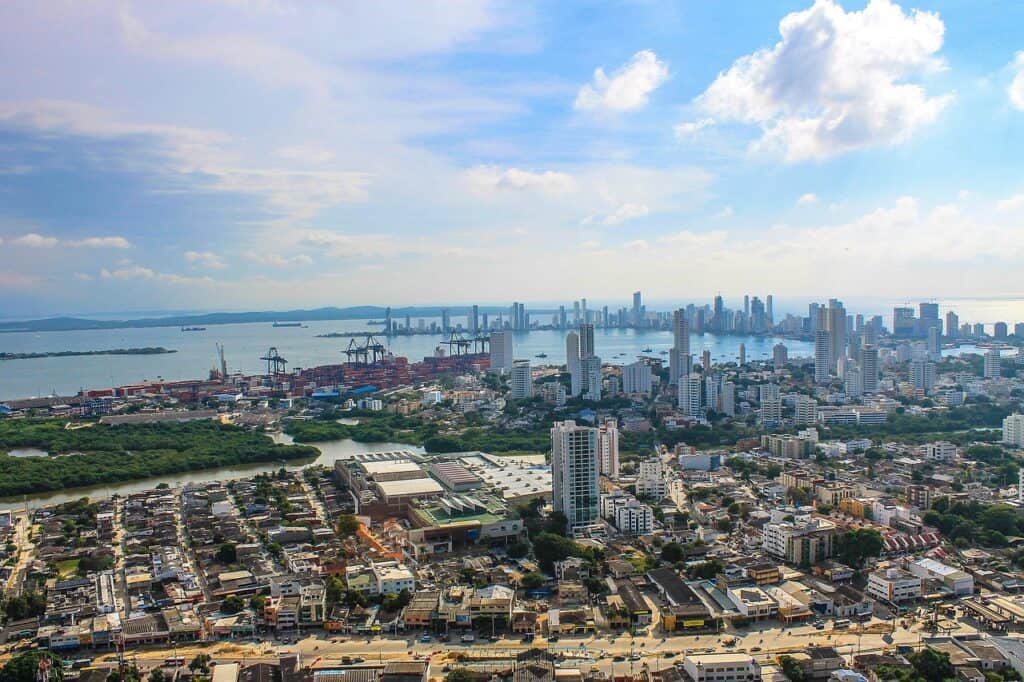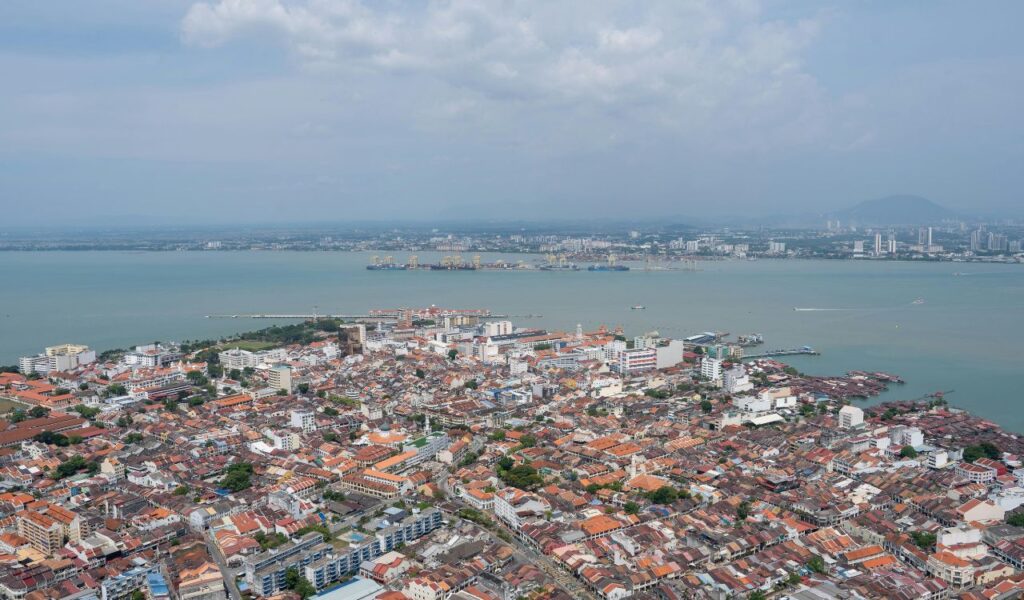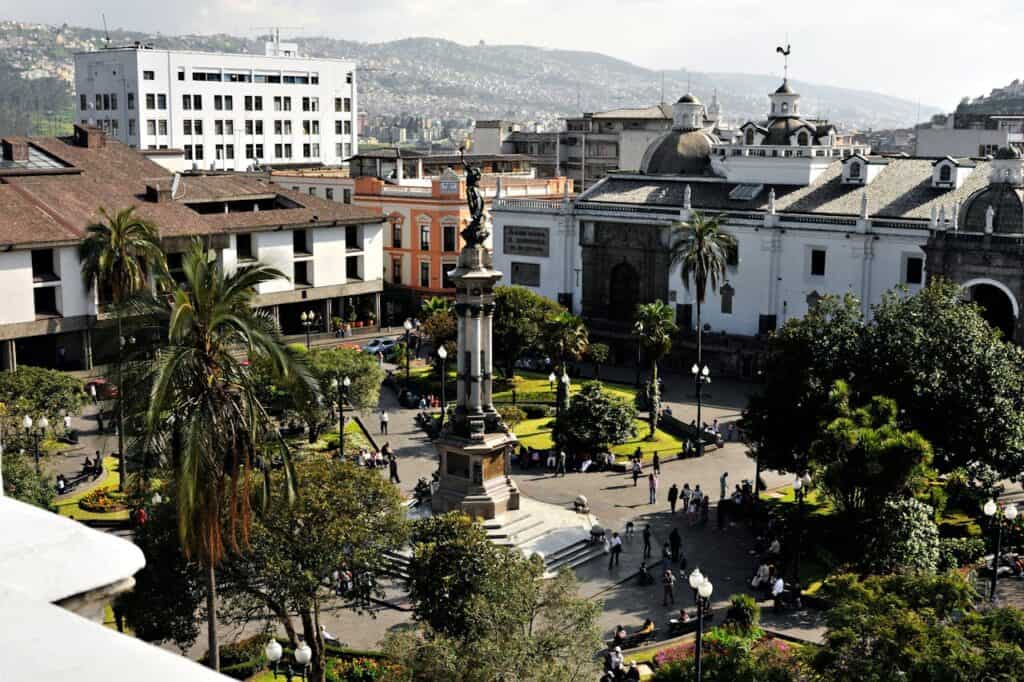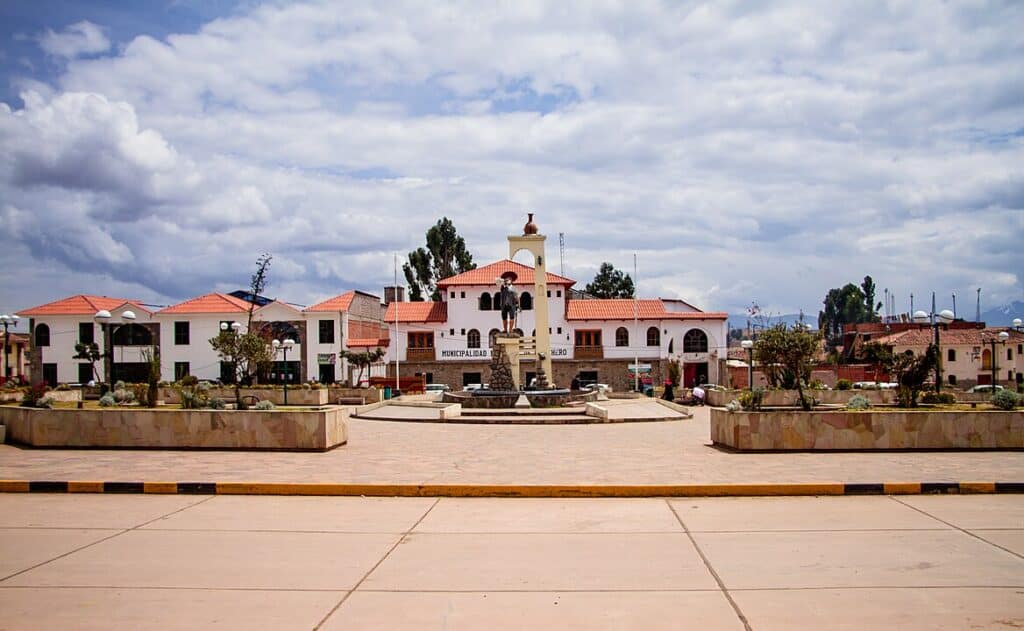We may earn money or products from the companies mentioned in this post. This means if you click on the link and purchase the item, I will receive a small commission at no extra cost to you ... you're just helping re-supply our family's travel fund.

Nine Americans sit wrongfully detained in Venezuelan prisons right now. Thousands of tourists have been drugged and robbed on Colombian streets. South America’s stunning landscapes hide real dangers that the U.S. State Department warns could turn your dream vacation into a nightmare. Here are the six countries where American travelers face the most serious threats in 2025-26 and what makes each one uniquely dangerous.
Venezuela

The U.S. Embassy in Caracas sits abandoned, leaving Americans completely alone in South America’s only Level 4 destination. Venezuela has been designated as having a very high risk of wrongful detention, with nine Americans wrongfully detained as of early 2025. Authorities arrest travelers at airports and borders without warning, charging them with terrorism before subjecting detainees to torture while denying consular access. Widespread shortages of food, electricity, and medicine have created a volatile environment where even basic survival becomes uncertain. Unmarked borders mean you could accidentally cross from Colombia, Brazil, or Guyana and face immediate detention.
Colombia

Criminals blow scopolamine powder into tourists’ faces on Colombian streets, turning victims into compliant zombies who empty their own bank accounts. This nightmare drug epitomizes why Colombia earned its Level 3 “Reconsider Travel” advisory for crime, terrorism, kidnapping, and civil unrest. The Colombia-Venezuela border zone carries a Level 4 designation where violence makes travel suicidal. Cities like Cali rank among South America’s deadliest. However, Colombia shows remarkable transformation: tourist zones including Cartagena’s colonial walls, Santa Marta’s beaches, and coffee regions feature dedicated police and remain approved for travel. While Venezuela represents total collapse, the next country shows how even overlooked destinations carry hidden dangers.
Guyana

Most Americans couldn’t find Guyana on a map, yet it’s become one of South America’s deadliest destinations where even police can’t protect you. This small nation earned a Level 3 advisory as violent crime including murder and armed robbery surges. Georgetown’s capital harbors no-go zones like Tiger Bay and Albouystown where robberies, sexual assaults, and homicides spike even during daylight. What makes Guyana uniquely troubling is governmental inability to help: local police lack resources to respond effectively to serious crimes, leaving travelers completely vulnerable during emergencies. The State Department reissued this warning in May 2025. At least Guyana’s small size limits exposure. The next country spans an entire coast with danger zones scattered throughout.
Ecuador

Ecuador recorded South America’s highest homicide rate in 2023, a shocking statistic for a country holding only a Level 2 advisory. Drug trafficking fuels widespread murder, kidnapping, and armed robbery, with port city Guayaquil becoming one of the continent’s deadliest urban centers. Specific Guayaquil neighborhoods and the entire Los Rios province now carry Level 4 “Do Not Travel” designations. The State Department warns of terrorism risks with attacks on tourist sites, transportation hubs, and markets occurring with little warning. Travelers entering from Colombia must present criminal background certificates. Ecuador’s danger comes from drug cartels. Peru’s threats emerge from a different source entirely.
Peru

Peru’s Level 2 advisory stems from ongoing demonstrations that directly threaten tourists visiting Machu Picchu, the legendary UNESCO site attracting up to 5,600 visitors daily during peak season. Road blockades during protests can strand travelers for extended periods in remote mountain areas. Lima presents urban dangers including rampant pickpocketing and drink spiking schemes targeting unsuspecting tourists. Despite these challenges, Peru remains one of South America’s most visited nations because its archaeological treasures and Amazon wilderness prove irresistible to adventurers. Monitor U.S. Embassy alerts about protest activity and maintain constant vigilance in crowded areas. Peru’s protests are unpredictable but localized. Brazil’s violence operates on an entirely different scale.
Brazil

Brazil’s Level 2 advisory masks troubling reality: several Brazilian cities including Manaus, Fortaleza, Salvador, Recife, and Natal rank among South America’s most violent, with extraordinarily high murder rates fueled by gang warfare. Rio de Janeiro’s favelas are gang-controlled territories where tourists face grave danger, while “quicknappings” see victims briefly abducted to withdraw ATM cash. The State Department issues Level 4 warnings for areas within 100 miles of Brazil’s borders with Bolivia, Colombia, Venezuela, and five other nations, though Foz do Iguaçu and Pantanal National Parks remain exceptions. Never enter favelas or walk beaches after dark.